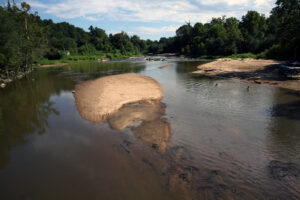News
DWR investigation finds no algal toxins at Falls Lake
Posted on December 14th, 2021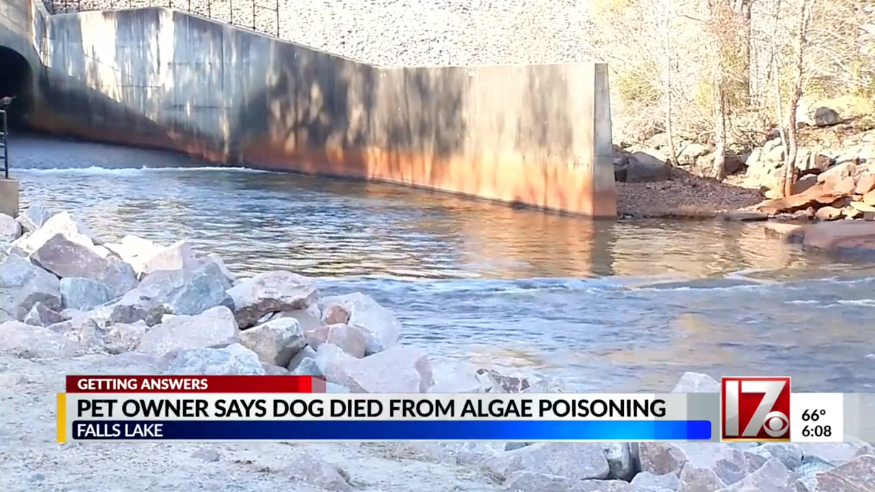
North Carolina Department of Environmental Quality’s Division of Water Resources staff collected samples to the east of Bayleaf Church Road on Dec. 7, after it was reported that a dog died from exposure to the water. The two types bacteria found in samples were Pseudanabaena and Cylindrospermopsis, both of which can potentially produce toxins, but further tests did not detect the presence of the algal toxin mycrocystin.
DEQ’s Division of Water Resources monitors and samples three sites in Falls Lake monthly and twice per month in the summer, which includes analysis for phytoplankton (algae). There were no visual indications that an algal bloom was occurring in Falls Lake during routine monitoring on Nov. 18, according to DEQ. Final results of the analysis should be completed this week. DWR is continuing to investigate the matter, with staff sampling that portion of Falls Lake today (Tuesday) for toxins and algae.
North Carolina Department of Health and Human Services recommends humans and their pets avoid contact with water (including swimming and fishing) if a potential algal bloom is present.
This post has been updated to reflect DWR’s findings.
Related News
Neuse fish kill expected to extend beyond holiday weekend
July 3rd 2025
Swim Guide fails prompt Maple Cypress investigation
July 3rd 2025
Riverkeeper, town partners root out source of Smithfield sediment pollution
July 3rd 2025
Trash trap No. 12 approved for Smithfield
July 3rd 2025
Sunset River Paddle fundraiser boosts Water Quality Fund
July 3rd 2025
Riverkeepers host quarterly Water Watch meeting
July 3rd 2025
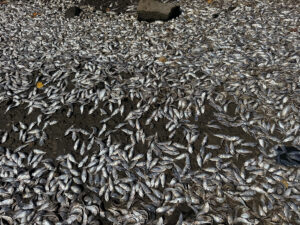
Neuse fish kill expected to extend beyond holiday weekend
July 3rd 2025
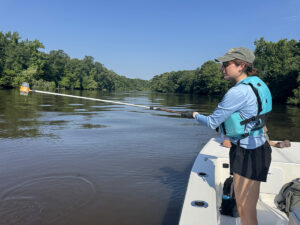
Swim Guide fails prompt Maple Cypress investigation
July 3rd 2025

Riverkeeper, town partners root out source of Smithfield sediment pollution
July 3rd 2025
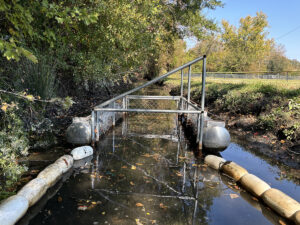
Trash trap No. 12 approved for Smithfield
July 3rd 2025
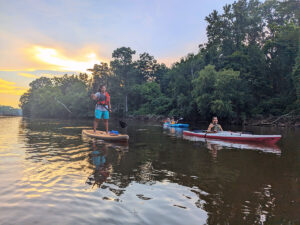
Sunset River Paddle fundraiser boosts Water Quality Fund
July 3rd 2025

Riverkeepers host quarterly Water Watch meeting
July 3rd 2025
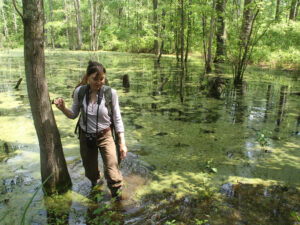
Public hearing will determine the fate of many NC wetlands
June 26th 2025

Clayton gets first official trash-trap cleanout
June 25th 2025
